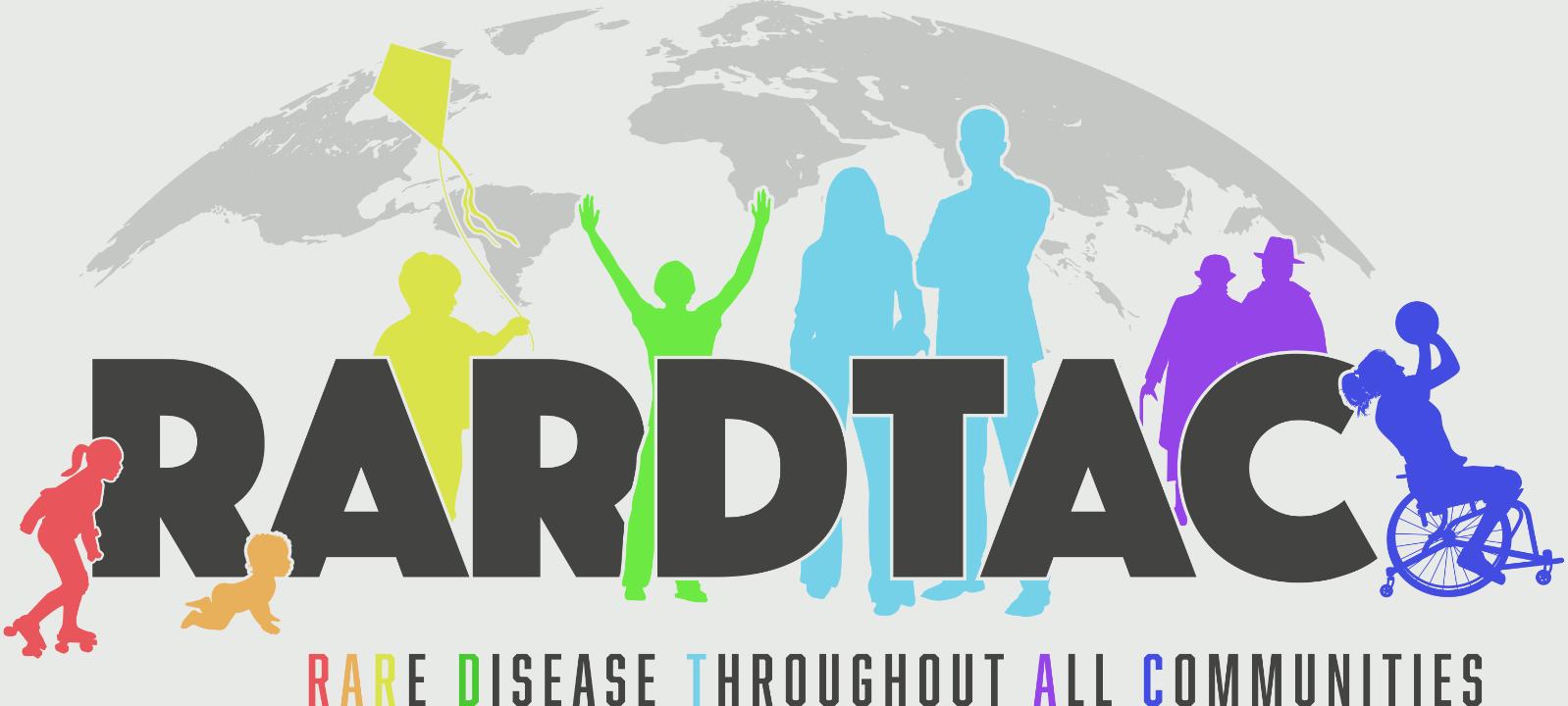New Paper! Common genetic variants associated with human height - insights for rare diseases.

A saturated map of common genetic variants associated with human height
Delighted to have contributed several cohorts to this mega-consortia study - collaboration works! Approximately 12,000 genetic variants associated with human height were uncovered in our paper published in Nature this week. The findings were made through the analysis of genome-wide genotyping data from nearly 5.4 million individuals — the largest known genome-wide association study (GWAS) reported to date.
Adult height is heritable and easily measurable: previous research has identified a large number of common genetic variants associated with height, including genes associated with skeletal disorders, primarily in populations with European ancestry. Height provides a model trait for assessing the role of genetic variation in the architecture of observable human traits.
Led by Loïc Yengo, Joel Hirschorn and colleagues from the GIANT consortium, we helped perform large-scale genetic analyses of nearly 5.4 million individuals from a range of ancestries: 75.8% of the sample had predominantly European ancestry, 8.8% predominantly East Asian ancestry, 8.5% predominantly Hispanic ancestry, 5.5% predominantly African ancestry and 1.4% predominantly South Asian ancestry. We identified 12,111 independent genetic variants significantly associated with height. These variations account for nearly all common variants associated with height, particularly in populations of European ancestry.
Looking closely at the position of these variants across the genome we found variants were more likely to be clustered close to genes already known to be associated with growth disorders. The genetic variants associated with height identified in this study account for 40% of the variation in height in populations with European ancestry, but only around 10–20% in other ancestries.
The findings demonstrate that, with sufficiently large sample sizes, we can produce a saturated map of regions in the genome that contribute to variation. Although this study provides a saturated map of the genomic regions associated with height in populations with European ancestry, further research is needed in groups of non-European ancestries to achieve the same level of saturation.





Media
Please do contact our rare disease team by email for further information.

